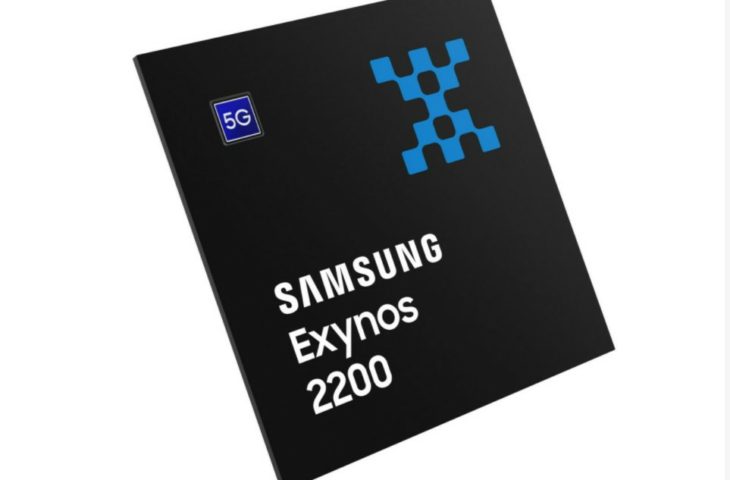Samsung unpacks a new SoC for high-end phones. The Exynos 2200 stands out because of its collaboration with AMD for the graphics component.
Samsung introduces the Exynos 2200: the latest SoC in its own line of Exynos chips for smartphones. Samsung’s Exynos designs have long been based on standard Arm designs, and today is no different for the CPU component on the chip. Graphic power, however, comes from a brand new GPU chip set resulting from a collaboration with AMD.
RDNA2 for phone
The GPU is called Xclipse and is built on AMD’s RDNA2 architecture. This gives the mobile Exynos chip graphics capabilities from the same family as AMD’s own Ryzen 6000 laptop chips. The RDNA2 architecture brings ray-trace hardware support to Xclipse and the Exynos 2200.
Samsung makes much of its collaboration with AMD and the integration of Xclipse with Exynos in its announcement. The RDNA2-Xclipse GPU should take smartphone graphics performance to a new level. What that means in practice, we’ll have to wait and see.
RDNA2 is indisputably a very powerful GPU architecture. Chances are that Xclipse will do a lot better than the Mali GPUs Arm designs itself or the Adreno GPU on Qualcomm Snapdragon SoCs that are currently performance kings in the mobile segment. To be sure, however, we need to see how the RDNA2 chip performs within the thermal constraints of a cell phone.
Super.Big.Little
Exynos 2200 is, of course, more than the GPU. More important to the general public is the CPU complex. That consists of eight computing cores with Armv9 designs in a tri-cluster configuration. A single Arm Cortex-X2 is the most powerful chip. That is assisted by three Cortex-A710 cores that are also powerful but more balanced. Finally, there are four efficient Cortex-A510 cores on the chip. The architecture is thus a successor to Big.Little, with the X2 chip serving as the Superbig core.
Samsung further equips the Exynos 2200 with a new NPU for AI tasks and an upgraded ISP that supports up to 200 MP. A so-called Integrated Secure Element (iSE) serves as a kind of TMP module and stores cryptographic keys, among other things.
The Exynos 2200 is currently rolling off the assembly line. The chip is baked on Samsung’s own 4 nm EUV technology. If Samsung follows its traditional strategy, the chip will come exclusively to high-end smartphones from the Korean phone maker itself.
